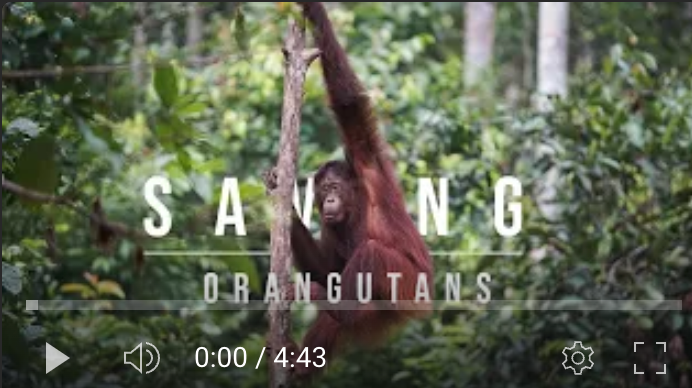Watch how drones help count Orangutans in Borneo:
In the heart of the biodiverse rainforests of Borneo, a unique and beautiful primate can only rarely be seen. The once lush tropical rainforest which covered the entire island of Borneo would have not too long ago been inhabited by orangutans throughout. Now as these forests have made way for inevitable human development, populations have declined from that of the pre-modern era. Much is being done to save and protect forests and orangutans however, for conservationists and government to evaluate the effectiveness of their interventions and protection activities, it’s essential to know how many orangutans survive today. With an official census extremely difficult due to the sheer area and difficulties with access, the need for an accurate method to count orangutans in the rainforest has never been more critical.

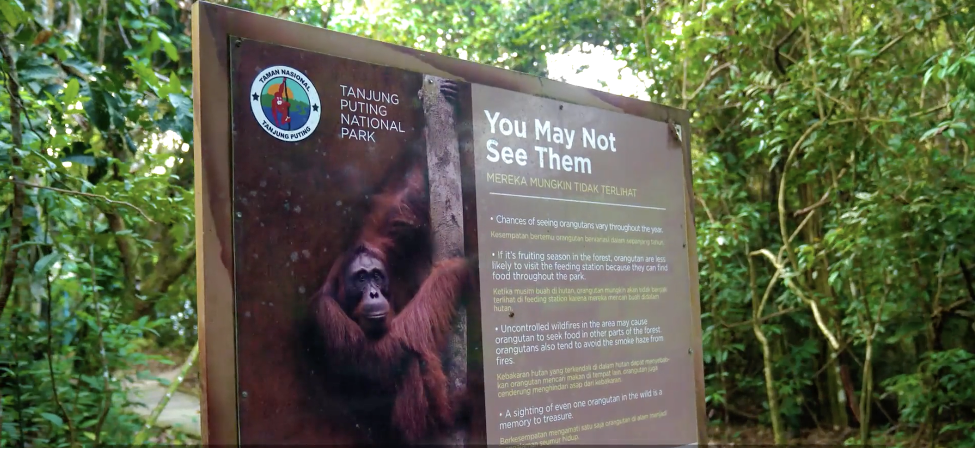
Tanjun Puting National Park
Dr. Biruté Mary Galdikas, renowned for her lifelong dedication to orangutan research, and her PhD student Ruth Linsky, along with the Tanjung Puting National Park Service and Partner University Antakusuma, are spearheading a groundbreaking initiative that leverages drone technology to revolutionize orangutan census efforts.
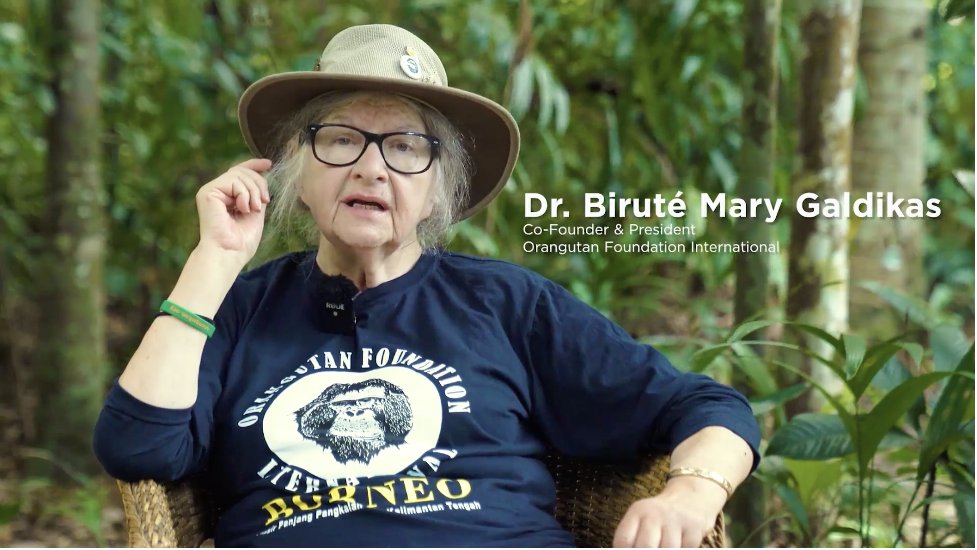
Dr. Galdikas, founder of the Orangutan Foundation International (OFI)
Dr. Galdikas, founder of the Orangutan Foundation International (OFI), has been studying and advocating for orangutans since 1971.

Dr. Galdikas featured on National Geographic
Orangutans, our closest mammalian relatives sharing 97% of our genes, face a dire situation as their habitats are rapidly vanishing due to deforestation and fragmentation.
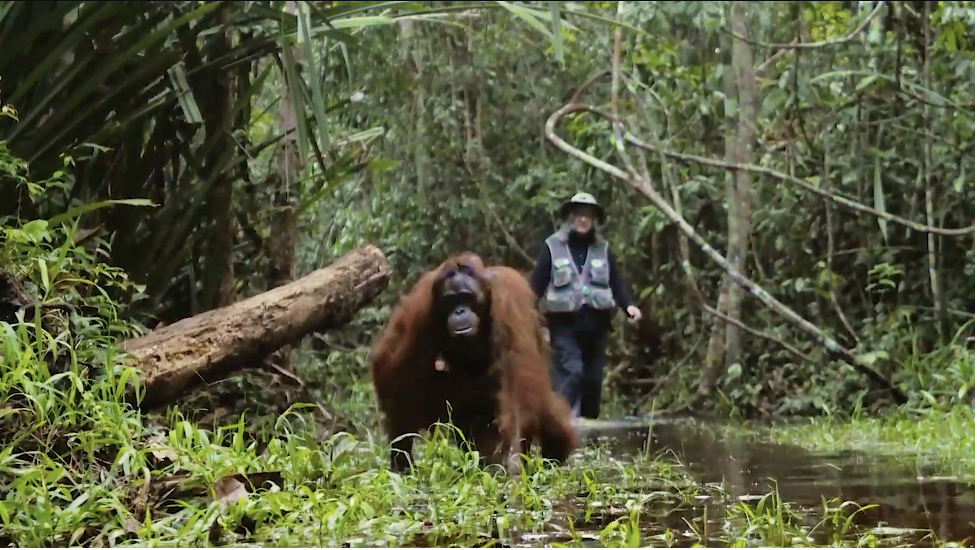
Dr. Galdikas and Orangutan
The Need for an Accurate Orangutan Census
A century ago, Borneo was home to approximately 230,000 orangutans. However, the last official Population Assessment in 2016 estimated 50-60,000 in Borneo and 14,200 in Sumatra.
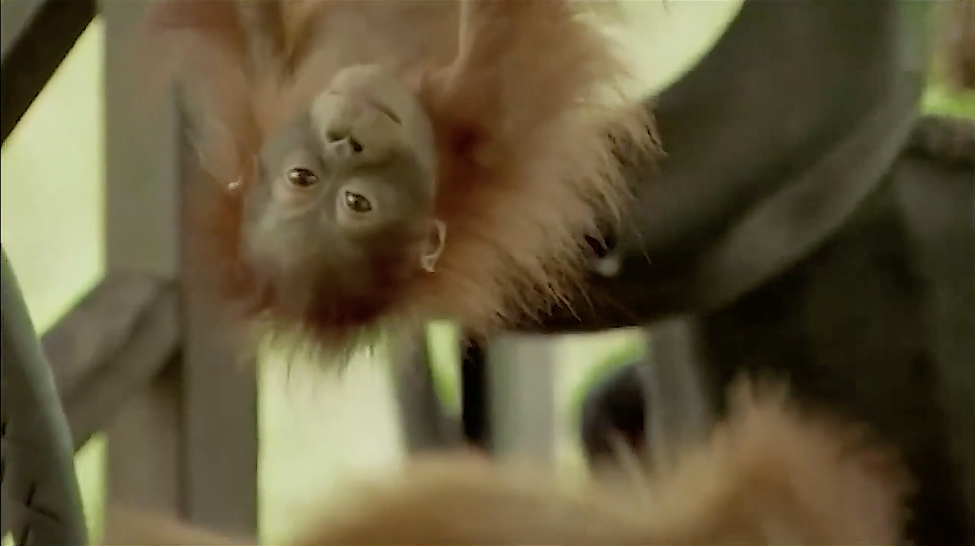
Orang Outan baby
Dr. Galdikas emphasizes the urgency for an accurate census, stating, "Orangutans are critically endangered, and we don’t even know exactly how many are left. We need an accurate census, so we can determine if all of our other activities are effective or not."
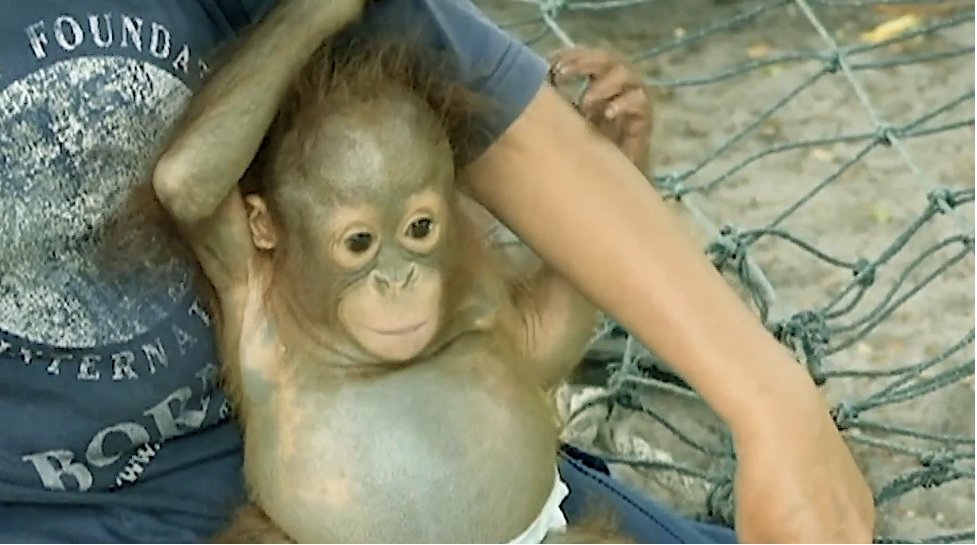
Orangutan baby
Challenges of Traditional Orangutan Census
Traditional methods of orangutan census involve manually counting nests left by orangutans as they traverse the rainforest. To count nests, field researchers trek through the forest, looking up through thick foliage for signs of an orangutan nest. Because orangutans make a new nest every night, the total number of nests in a given area of rainforest can be used to extrapolate the orangutan population.
This approach, however, is plagued by several challenges, including being time-consuming, tedious, expensive, environmentally disruptive, can be fraught with human error and differing estimates, and ultimately, inaccurate.
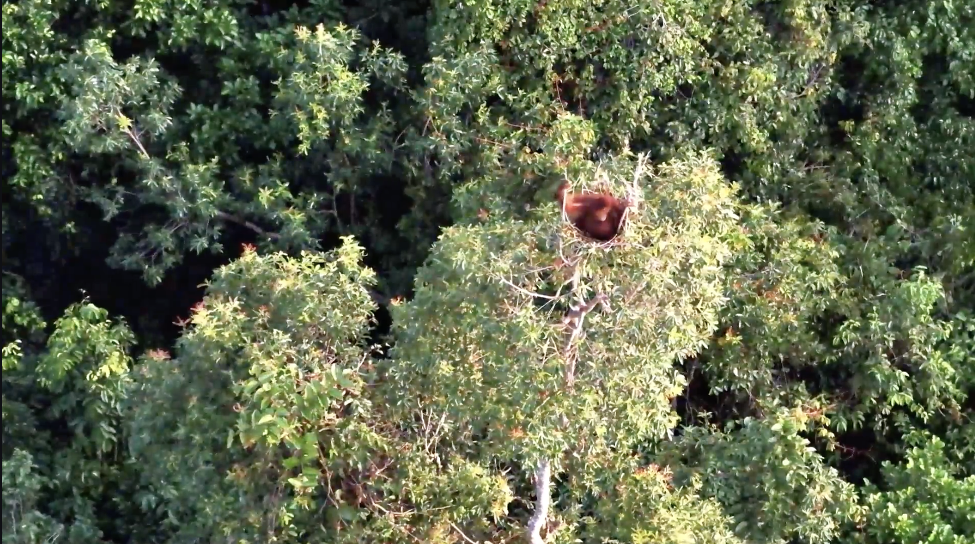
Orangutan spotted on a tree
Drones: The Game-Changer in Orangutan Census
Enter modern drone technology, particularly the DJI Matrice 30T thermal drone. This innovative approach allows researchers to detect and count orangutans directly, offering a myriad of advantages such as improved accuracy, faster results, reduced costs, lesser environmental impact, and safer conditions for researchers.
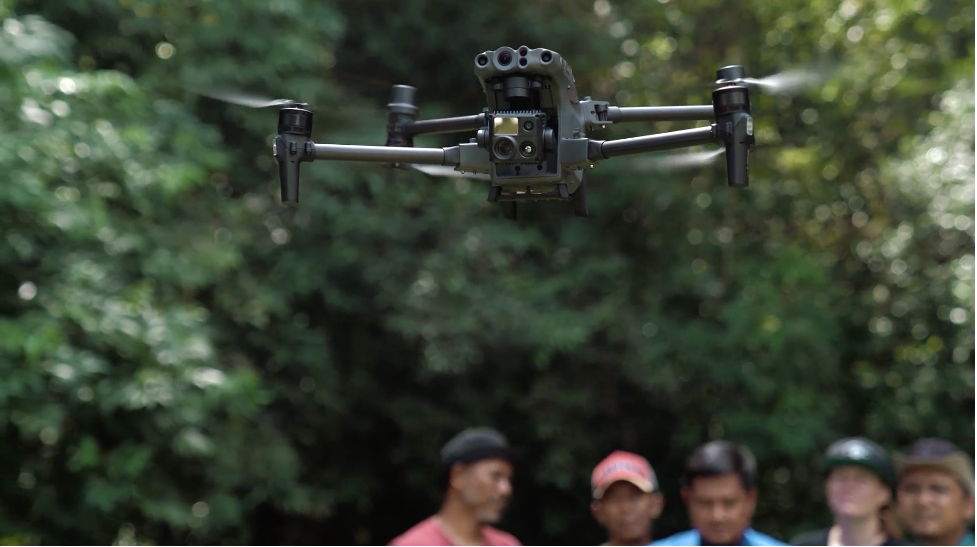
The DJI Matrice 30T
The DJI Matrice 30T, equipped with advanced thermal imaging capabilities, zoom technology, and intelligent features, is at the forefront of revolutionizing orangutan census efforts from above the dense canopy of Borneo's rainforests.
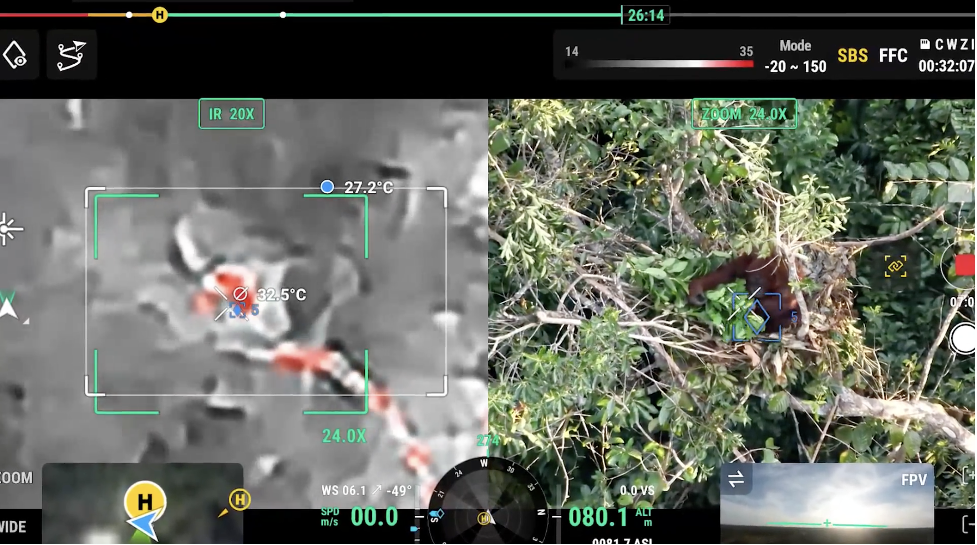
RC Screen DJI Matrice 30T
The thermal camera allows researchers to detect and visualize the heat signatures of orangutans, even in challenging environments with dense foliage and canopy coverage.
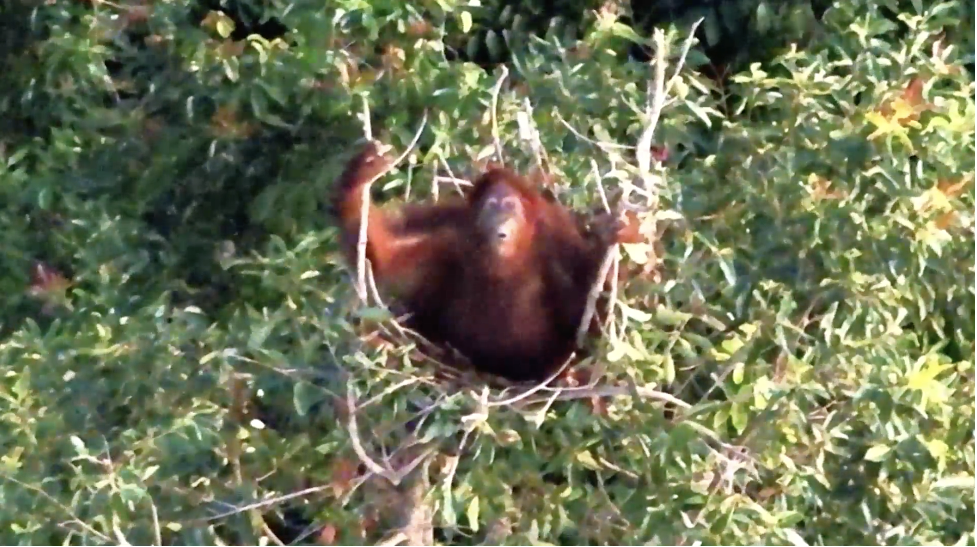
Orangutan on a tree
The zoom technology enhances the drone's capability to focus on specific areas of interest, ensuring a more detailed and precise examination. Leveraging AI, the drone can analyze thermal data and distinguish orangutans from their surroundings, facilitating an effective and accurate count.

Orangutan climbing on a tree
This amalgamation of cutting-edge technologies not only streamlines the counting process but also provides researchers with a comprehensive understanding of orangutan populations, contributing to more informed conservation strategies.
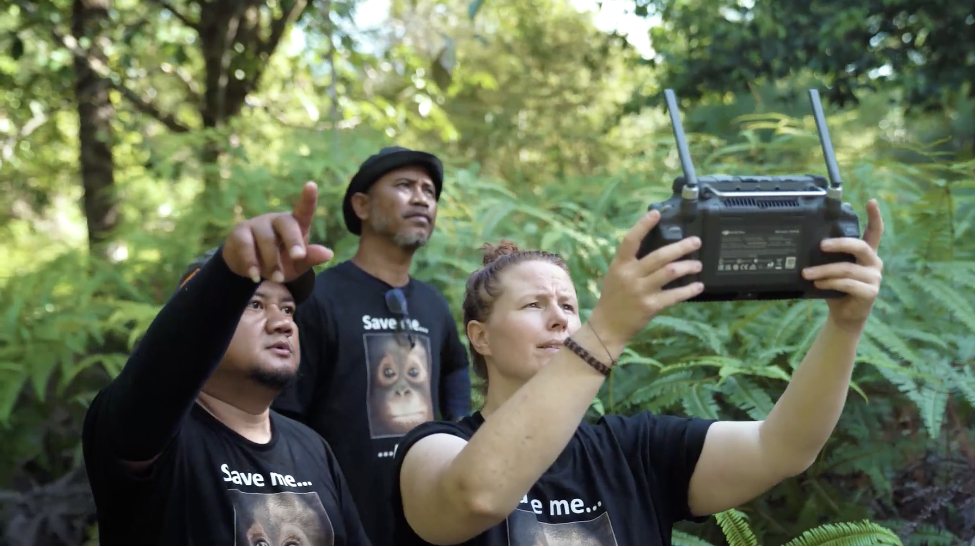
Ruth Lansky and the OFI Team flying the DJI Matrice 30T
Potential Implications of the Project
If successful, this project has the potential to revolutionize not only orangutan counting methods but also to serve as a model for efficient counting solutions for other endangered species.
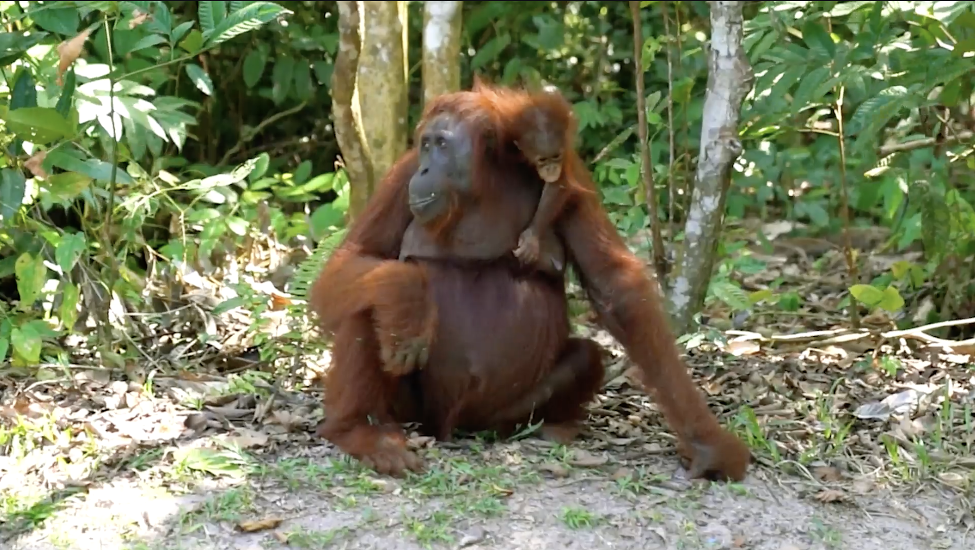
Orangutan and her baby
The utilization of drones showcases the power of technology and innovation in protecting the planet's most vulnerable inhabitants. Drones have emerged as invaluable tools for wildlife researchers, providing accurate data to inform conservation policies and raise awareness among the public.
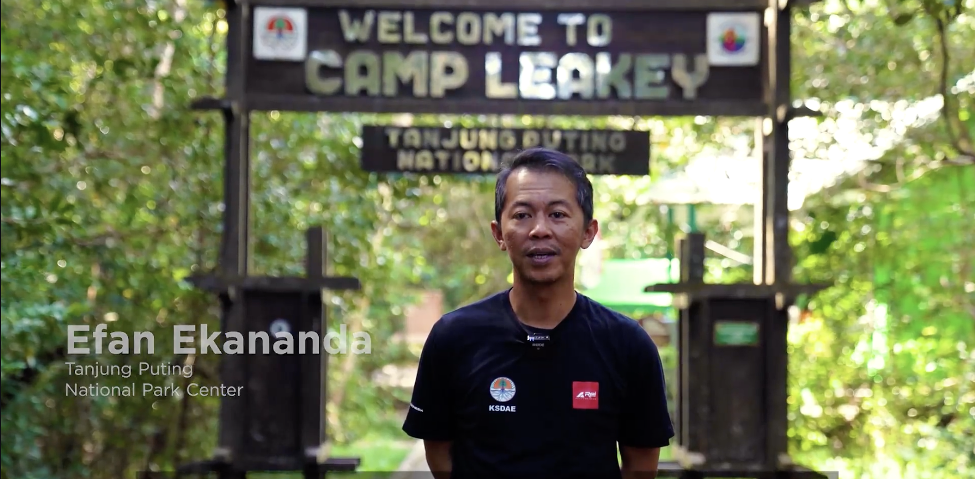
This groundbreaking initiative highlights the role of drones in transforming the way researchers count and protect endangered species. By embracing technological advancements, this project sets the stage for a more efficient and accurate wildlife census, starting with the orangutans of Borneo. The potential impact is profound, offering hope for the survival of endangered species and underlining the crucial role that innovation plays in conservation efforts.
Watch how drones help counting Orangutans in Borneo: Click here: Video https://youtu.be/LgYtQbZwBF4

Orangutan Foundation International (OFI)

